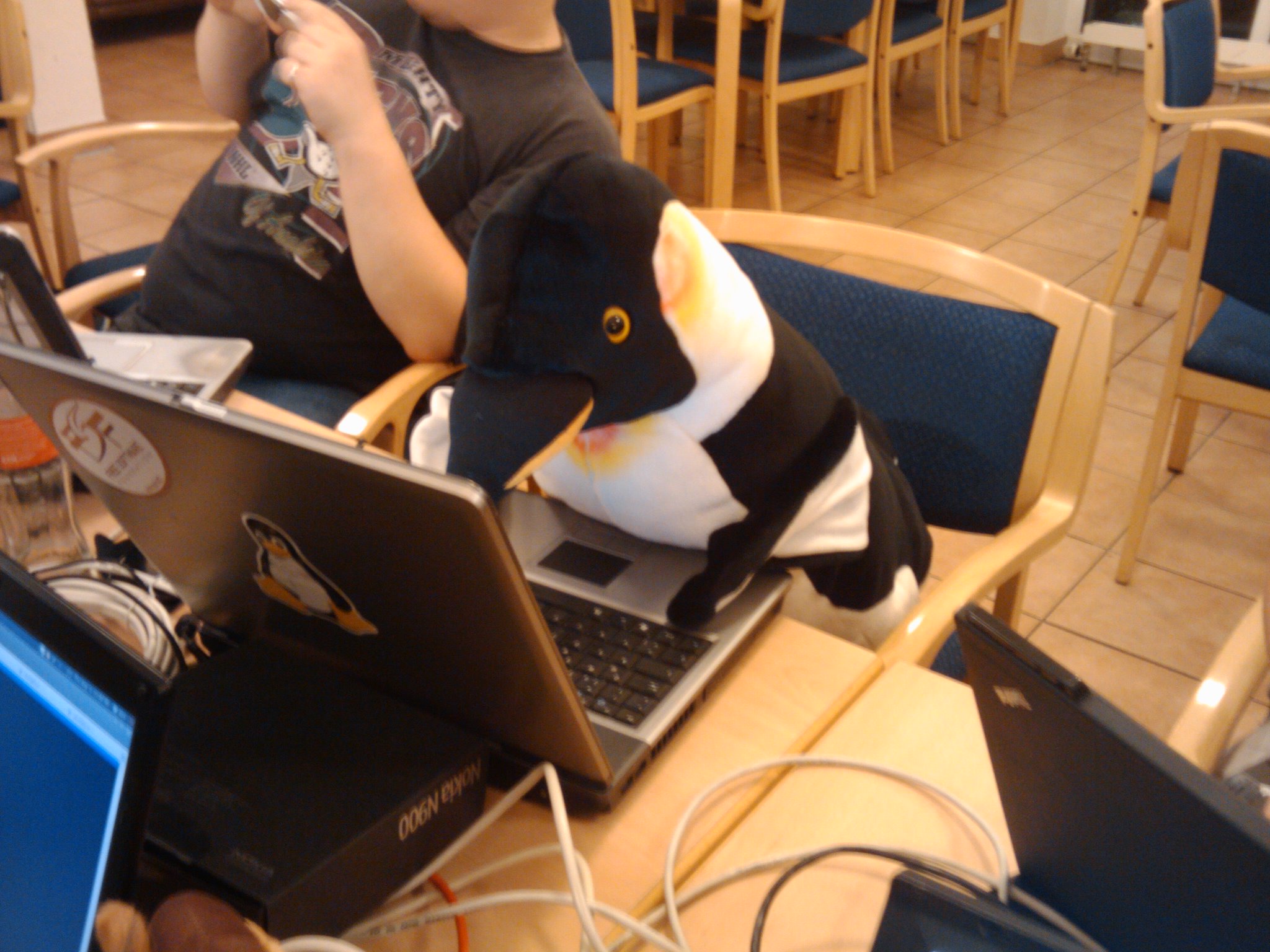In this article I will describe how you can get the
„Option GlobeTrotter EXPRESS 7.2“ aka „T-Mobile web \’n\‘ walk Card Express II“
UMTS/HSDPA Express card with a German T-Mobile subscription to work with your favourite Fedora 15.
After plugging it in lsusb prints:
Bus 003 Device 003: ID 05c6:1000 Qualcomm, Inc. Mass Storage Device
and it will present itself as cdrom drive. If you\’re on a Windows box you may find useful drivers on a virtual cdrom.
Install packages
yum install ppp usb_modeswitch
usb_modeswitch
For some strange reason it won\’t work with the default usb_modeswitch installation, so do it manually.
Create the following file „usb_modeswitch_custom.conf“ with this content:
# Configuration for the usb_modeswitch package, a mode switching tool for
# USB devices providing multiple states or modes
#
# This file is evaluated by the wrapper script "usb_modeswitch_dispatcher"
# in /usr/sbin
# To enable an option, set it to "1", "yes" or "true" (case doesn\'t matter)
# Everything else counts as "disable"
# Disable automatic mode switching globally (e.g. to access the original
# install storage)
DisableSwitching=0
# Enable logging (results in a extensive report file in /var/log, named
# "usb_modeswitch_" (and probably others)
EnableLogging=1
########################################################
## Option GlobeTrotter GT MAX 3.6 (aka "T-Mobile Web\'n\'walk Card Compact II")
##
## Contributor: Bernd Holzmüller
#
DefaultVendor= 0x05c6
DefaultProduct= 0x1000
#
TargetVendor= 0x0af0
TargetProduct= 0x6600
#
MessageEndpoint=0x05
MessageContent="55534243123456780000000000000601000000000000000000000000000000"
#
ResponseEndpoint=0x84
NeedResponse=1
Use
usb_modeswitch -c usb_modeswitch_custom.conf
to switch the card into modem mode.
ppp configuration
Create
/etc/ppp/peers/umts
with
hide-password
noauth
connect "/usr/sbin/chat -v -f /etc/chatscripts/umts"
debug
/dev/ttyUSB0
115200
defaultroute
noipdefault
user "t-mobile"
password "internet"
usepeerdns
ipcp-accept-remote
ipcp-accept-local
lock
Create
/etc/chatscripts/umts
with:
\'TIMEOUT\' \'10\'
#abortstring
ABORT BUSY
ABORT VOICE
ABORT \'NO DIALTONE\'
ABORT \'NO DIAL TONE\'
ABORT \'NO ANSWER\'
ABORT \'+CPIN: SIM PIN\'
ABORT DELAYED
# modeminit
\'\' \'ATZ\'
\'OK\' \'AT&F\'
\'OK\' \'ATE1\'
SAY \'Checking pin lockn\'
\'OK\' \'AT+CPIN?\'
SAY \'Check Quality n\'
\'OK\' \'AT+CSQ\'
SAY \'Setting APNn\'
\'OK\' \'AT+CGDCONT=1,"IP","internet.t-mobile"\'
# ispnumber
\'OK\' \'ATDT*99#\'
# ispconnect
\'CONNECT\'
run
cd /usr/share/doc/ppp-2.4.5/scripts
chmod +x pon
chmod +x poff
in this dir use
./pon umts
to connect and
./poff umts
(at the end of your internet session) to disconnect.
Routing
Then delete default route.
ip route del default
and add default route for interface:
ip route add default via 10.64.64.64
DNS
Make sure you got a correct DNS server in /etc/resolv.conf.
For instance:
208.67.222.222
208.67.220.220
Remaining questions
- Why can\’t the NetworkManager deal with the card / modem ?
References







